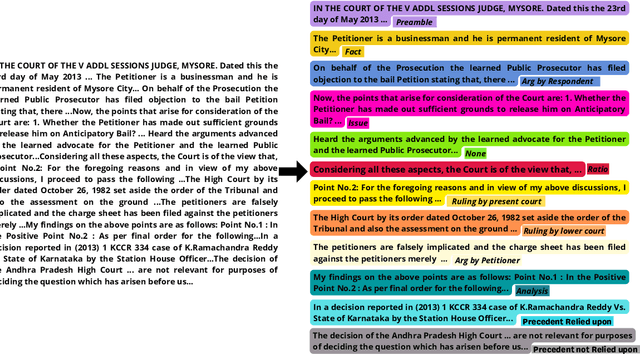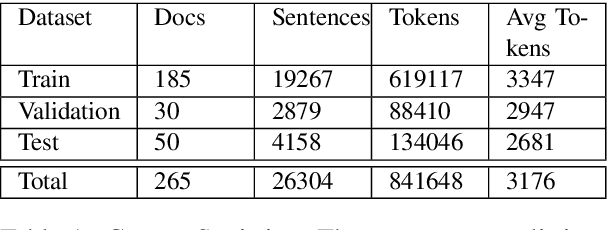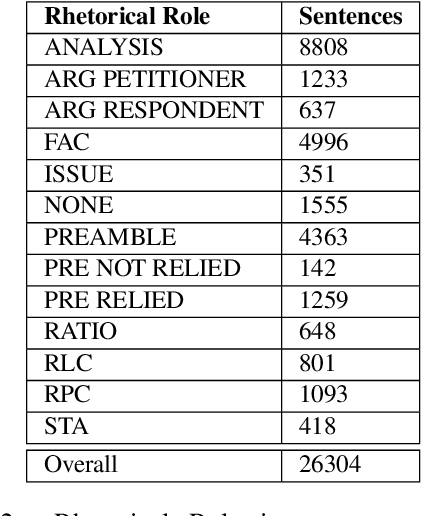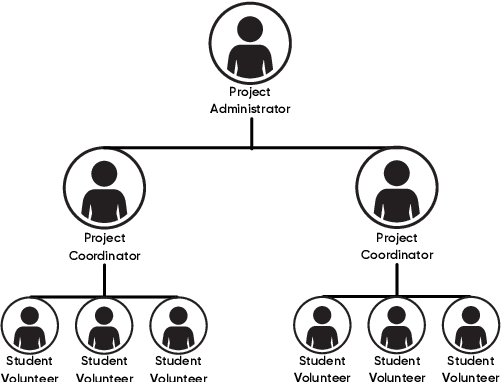Smita Gupta
Aalap: AI Assistant for Legal & Paralegal Functions in India
Jan 30, 2024Abstract:Using proprietary Large Language Models on legal tasks poses challenges due to data privacy issues, domain data heterogeneity, domain knowledge sophistication, and domain objectives uniqueness. We created Aalalp, a fine-tuned Mistral 7B model on instructions data related to specific Indian legal tasks. The performance of Aalap is better than gpt-3.5-turbo in 31\% of our test data and obtains an equivalent score in 34\% of the test data as evaluated by GPT4. Training Aalap mainly focuses on teaching legal reasoning rather than legal recall. Aalap is definitely helpful for the day-to-day activities of lawyers, judges, or anyone working in legal systems.
Named Entity Recognition in Indian court judgments
Nov 07, 2022Abstract:Identification of named entities from legal texts is an essential building block for developing other legal Artificial Intelligence applications. Named Entities in legal texts are slightly different and more fine-grained than commonly used named entities like Person, Organization, Location etc. In this paper, we introduce a new corpus of 46545 annotated legal named entities mapped to 14 legal entity types. The Baseline model for extracting legal named entities from judgment text is also developed.
Corpus for Automatic Structuring of Legal Documents
Jan 31, 2022



Abstract:In populous countries, pending legal cases have been growing exponentially. There is a need for developing techniques for processing and organizing legal documents. In this paper, we introduce a new corpus for structuring legal documents. In particular, we introduce a corpus of legal judgment documents in English that are segmented into topical and coherent parts. Each of these parts is annotated with a label coming from a list of pre-defined Rhetorical Roles. We develop baseline models for automatically predicting rhetorical roles in a legal document based on the annotated corpus. Further, we show the application of rhetorical roles to improve performance on the tasks of summarization and legal judgment prediction. We release the corpus and baseline model code along with the paper.
 Add to Chrome
Add to Chrome Add to Firefox
Add to Firefox Add to Edge
Add to Edge